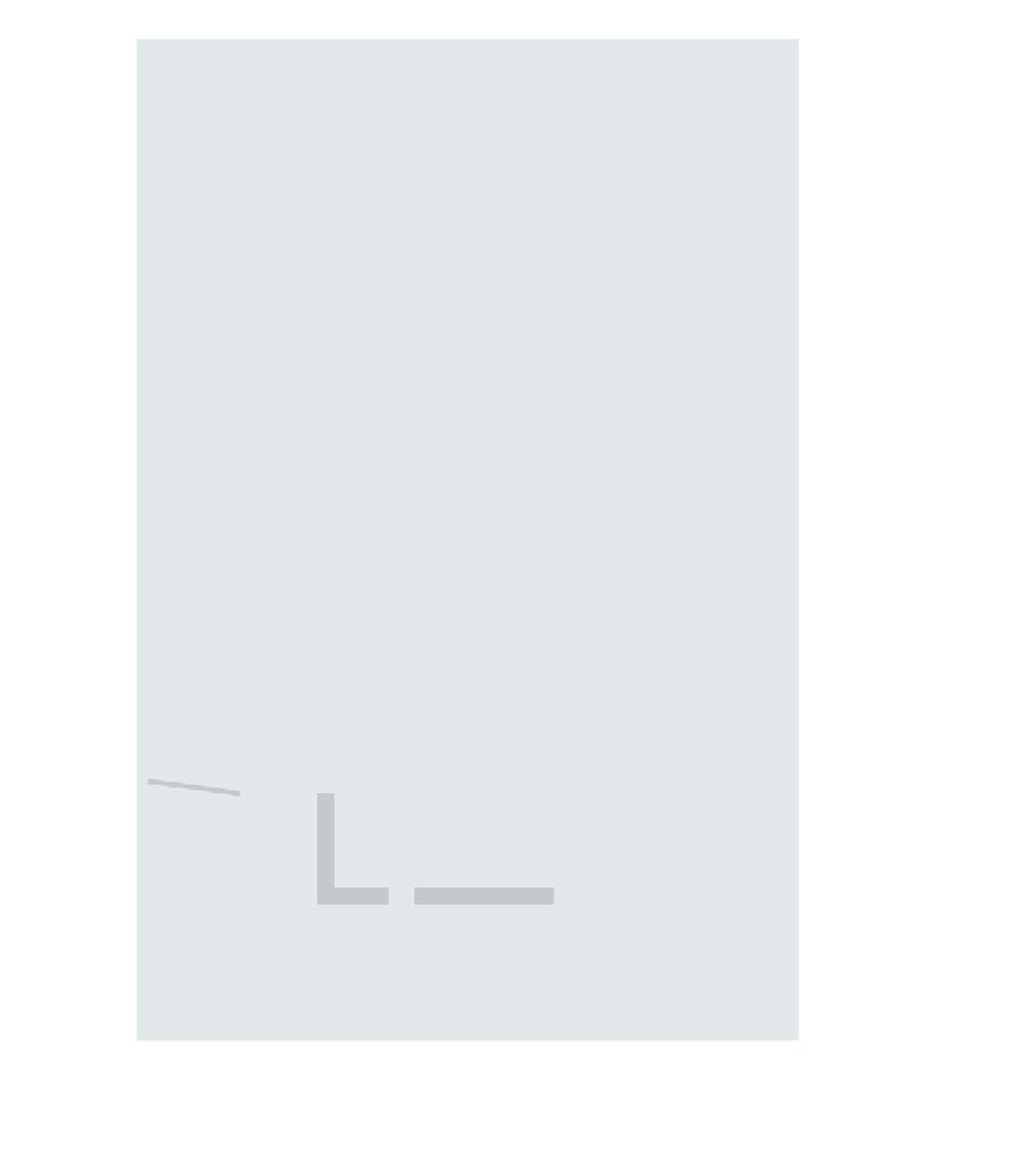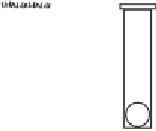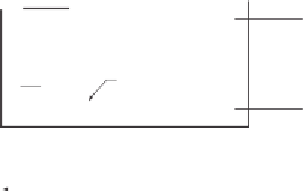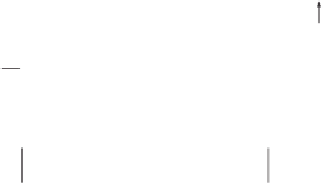Agriculture Reference
In-Depth Information
Sidebar: Applying the Synthovation/Regenerative Model:
The War on Sediment
Properly developing a building site requires that attention be given to what
leaves the site. Local subdivision regulations and codes generally require that
systems be deployed to collect soil and other particles that can be carried away
by moving water. The faster that water moves, the more energy it gains, and
the greater the load of sediment that it can carry. Conversely, when water
slows down, it begins to deposit this sediment load. Of course, since water
flows downhill, its load of sediment travels to lower elevations. Surface water
is impounded in depressions such as lakes and ponds. Thus, such depressions
are the site of much of the runoff's deposition of its load.
Not only is the sediment itself a problem since it reduces the volume of
the water body when the particles displace that available for water, but it also
makes the water murkier (i.e., increases the turbidity). In addition, it changes
the chemistry, since metals and organic compounds are sorbed to the individual
particles or because the water is dissolving chemicals, like nutrients, along its
pathway.
A good and green design needs to make use of the principles of gravity and
carrying capacity of the moving water. An integrated design solution should
also incorporate biology. Thus, one of the most effective and aesthetically
pleasing options is the bioretention system (see Fig. S.6.1). This combines
physical removal, such as gravity systems that allow the heavier particles to
GROUNDCOVER
OR MULCH LAYER
YARD
INLET
MAXIMUM
PONDED
WATER DEPTH
(6 INCHES)
SHEET FLOW
PAVEMENT
GRASS
BUFFER
PLANTING
SOIL
4'-0" MIN.
STORM DRAIN
OUTFALL PIPE
1'-0"
MIN.
IN-SITU
MATERIAL
SAND
BED
BIORETENTION AREA
Figure S6.1
Bioretention system.



















Search WWH ::

Custom Search